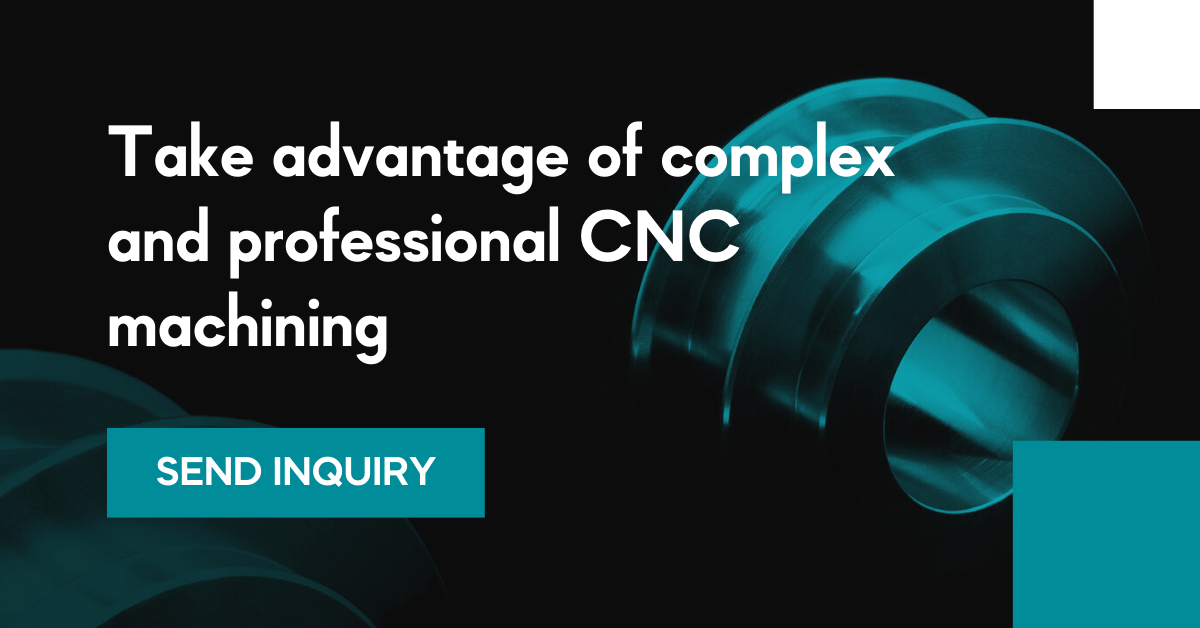High-speed machining (HSM) is one of the milestones in the development of CNC machining. That process allows to achieve better surface quality and significantly speeds up the whole machining process. On the one hand, it is a very efficient technology, often treated as a new industry standard of CNC machining.
On the other hand – requires in-depth knowledge of the material sciences, programming, and usage of CAD/CAM software (responsible for designing and controlling CNC machining devices) and the highest quality numerically controlled machining devices.
What is HSM technology and how its application can lead to significant cost optimization of the manufacturing process?
What is HSM (high-speed machining) technology?
High-speed machining is one of the manufacturing techniques that uses numerically controlled devices. Allows to speed up the production process and achieve a better surface finish even in the initial machining. Very often parts manufactured with HSM do not require additional finishing machining (e.g. grinding or polishing).
HSM technology features are:
- high cutting speeds,
- high feed rate,
- low depth of cut – helps to slow down tool wear and increase cycle time (in other words; high material removal rate with low depth of machining),
- very high RPM – specialist agreed to define 'high spindle speed for the HSM' as over 10.000 RPM,
- specialized cutting tools (cutters, bits, etc.),
- specialized CNC machining – well calibrated and programmed, that can provide very high stiffness of construction to give spindle good support in each pass.
A good selection of working parameters for the HSM can lead to achieving a very high-quality surface, especially when combined with a good selection of cutting tools. These are often smaller, and spherical – perfect to provide a very small depth of cut (between 0.02 and 0.05 mm). High-speed machining is a technology that requires very high stiffness and precision of CNC devices.
On top of that machines should be regularly calibrated and their controlling modules should run on the newest version of software to provide smooth passes and precision during high-speed passes. Of course – experienced and highly trained CNC operators and CAM designers are also very important. In CNC-focused literature, there is still strong discussion related to the 'actual' definition of HSM machining. Although work parameters might vary, the common aspect of that technology remains mentioned above.
Advantages of high-speed machining
The biggest advantage of the HSM remains high cutting speed and the possibility to achieve a good quality surface in a short time. That translates into:
- speeding up the whole process of parts manufacturing,
- lower cost of manufacturing parts – in many cases minimization of tool marks,
- in many cases – additional surface finish is not required (e.g. CNC grinding or polishing),
- lower load on cutting tools and its slower degradation,
- possibility to smoothly machine bigger surfaces, without dividing the whole process into stages,
- easier machining of hard metal alloys (e.g. hardened steel, specialized aluminum alloys, or titanium),
- lower working temperature, which translates into decreasing the possibility of thermal stress and better quality of machined parts – sometimes even without highly efficient heat dispersion systems,
- well calibrated – minimize vibrations in the machining process.
Applications of the HSM machining
The high precision of HSM makes that technology almost perfectly suited for many demanding industries that demand precision, good mechanical parameters, and surface quality. Among industries that use high-speed machining, it is worth mentioning:
- airplane industry – especially in production jet engine blades that – due to size and high load – require precise machining and the best possible repeatability of finish,
- automotive industry – HSM allows to achieve very good surface in a much shorter time, especially parts that are subjected to strong forces (e.g. crankshafts, engine blocks, pistons),
- precision industry – increase in machining speed of hard steel alloys or aluminum allows to manufacture of strong and light constructions that have good mechanical parameters. On top of that – HSM allows to manufacture of parts almost free of thermal tensions (that can impact part longevity),
- electrical industries – HSM allows us to produce complicated parts (matrixes, forms, cases, etc.), often very thin like smartphone frames.
HSM vs HEM – when to use which?
Another, also new technology of machining is HEM – high-efficiency machining. To highlight the differences between these two methods I show their key features.
The high-speed machining characterizes:
- high fees speed,
- very low depth of cut (ADOC),
- high radius depth.
On the other hand efficient machining characterizes:
- high feed speed,
- high cutting depth,
- low radius depth.
The HEM machine tool removes material with the whole side surface of the cutter which translates to better heat dispersion (due to a bigger cooling surface) and lower degradation of the cutting edge. Both methods have their advantages and allow to achieve surfaces of similar quality in machining many types of material. Selection of the right technology (HSM or HEM) should be based on the used material, expected features of machined parts, and many more factors. Such a decision should be made in cooperation between experienced CNC operators and clients.
One order, many benefits - this is how you work with RADMOT
At RADMOT, we offer CNC milling services, CNC turning services, as well as many additional services, including washing, aluminum anodizing, laser marking and assembly. We have at your disposal over 80 modern machines in our machine park, all from renowned manufacturers. Download the presentation and check on which machine tools we produce CNC turned parts and CNC milled parts.
Contact us and tell us what you need. We have been providing CNC services for almost 40 years. Our valuation is completely free. And if you're in doubt about which technology will work best for you, our expertise is at your service.


